In this post we will talk about what is Industries Order Management (OMS). We’ll try to touch on all of the topics covered to kick start your journey to Salesforce Certified Industries Order Management Developer.
Introduction to Industry Cloud
Industries Order Management
Catalog Driven, Cloud Based, Dynamic Workflows, Declarative.
- Drives revenue by reducing time-to-market for new offers. Provides a unified view of both commercial and technical products.
- Significantly reduces configuration costs by providing a seamless, consistent design-time and runtime experience for users.
- Reduces fulfillment costs through end-to-end visualization of fulfillment flows and guided task resolution.
- Improves customer experience through use of a next-generation catalog-driven architecture to fulfill orders faster and accurately.
Industries Order Management Architecture
Key Order Management Functions
- Decomposition of orders
- Communication with fulfillment systems
- Manage fulfillment lifecycle
- Zero-touch vs. Manually driven
- Inflight Order Cancellation & Amends
COM/SOM/XOM
Customer Order Management applications manage the end to end lifecycle of a customer request. Service Order Management applications manage the end to end lifecycle of a service request.
Customer and Service Order Management share a set of similar requirements:
• Order validation
• Order decomposition
• Order orchestration
SFI Order Management is built on layer agnostic principles, thus Vlocity framework can be used to support COM, SOM and both COM and SOM.
SFI OM is XOM, pre-integrated COM/SOM platform.
EPC driven Order Management
Enterprise-catalog driven work with a single, open, common catalog of products, services, resources and entity relationships configured in the Enterprise Product Catalog.
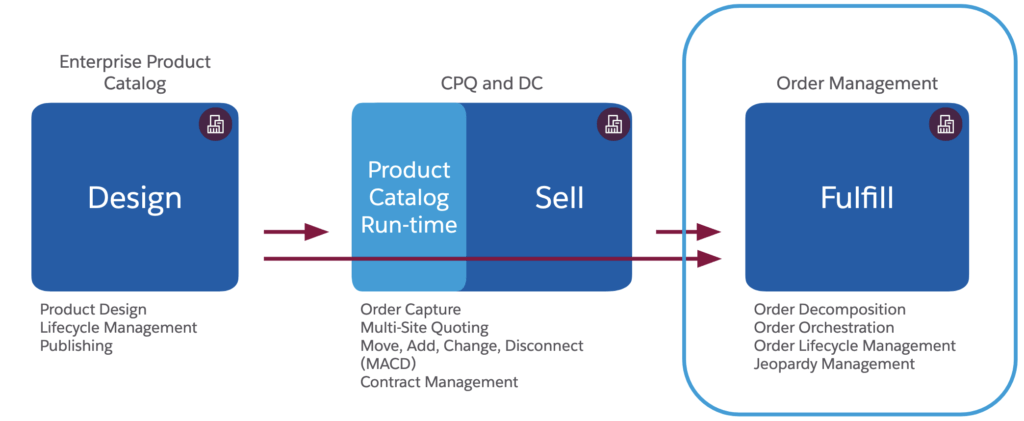
Order Decomposition Inputs and Outputs
- Order decomposition primary goal is to break the order to smaller functional blocks.
- Vlocity order decomposition is a black-box, a magic.
- Order decomposition logic is a part of product and cannot be altered in any way by services teams.
Order Decomposition pattern
What is MACD
- Move – Move products or services to a new location
- Add – Add new products or services
- Change – Change the configuration of existing products or services
- Delete – Delete existing products or services
Order Management Demo
Advanced Functionalities and Topics
- Decomposition Scope: Decomposition scope defines how to process decomposition relationships with the same destination.
- Orchestration Scope: Orchestration scope defines how to process Orchestration Plan/Items.
- Custom Adaptor Integration: How to extend OOTB Integration Adaptor to suit your integration requirements
- Amend Plan Definition and Rollback Plan Definition: Orchestration Plan definition for Amend and Rollback scenarios

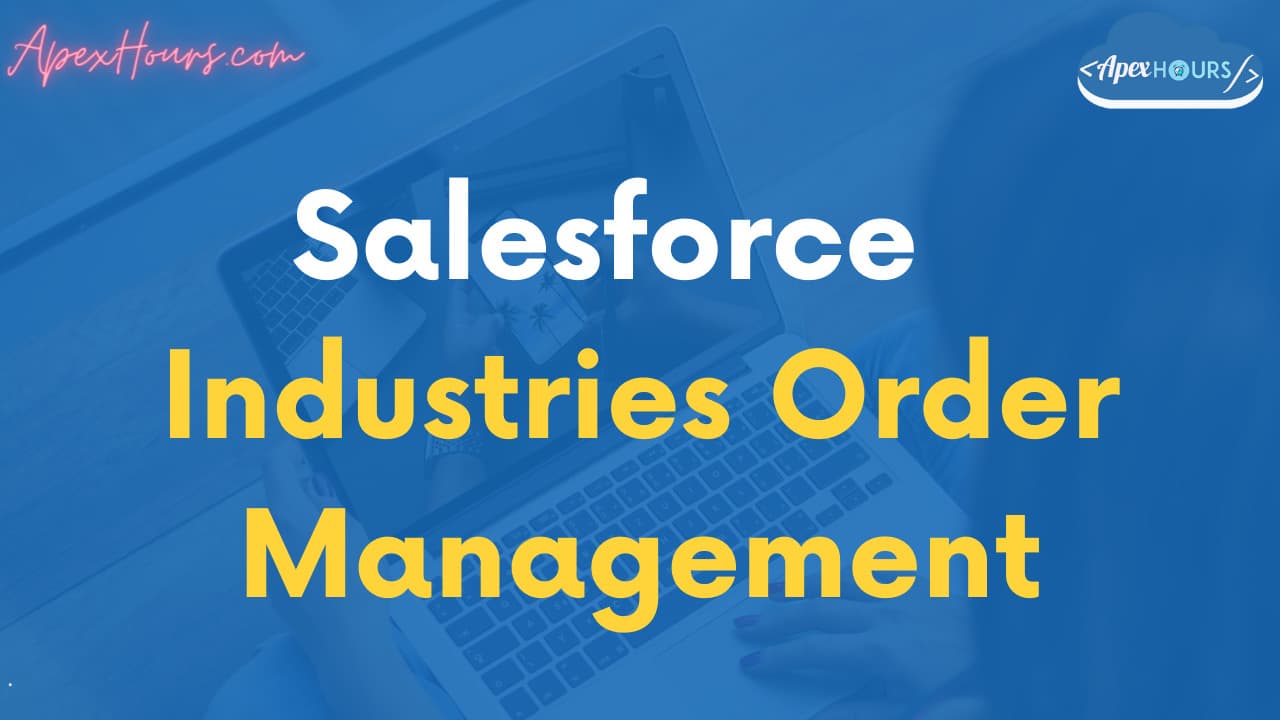
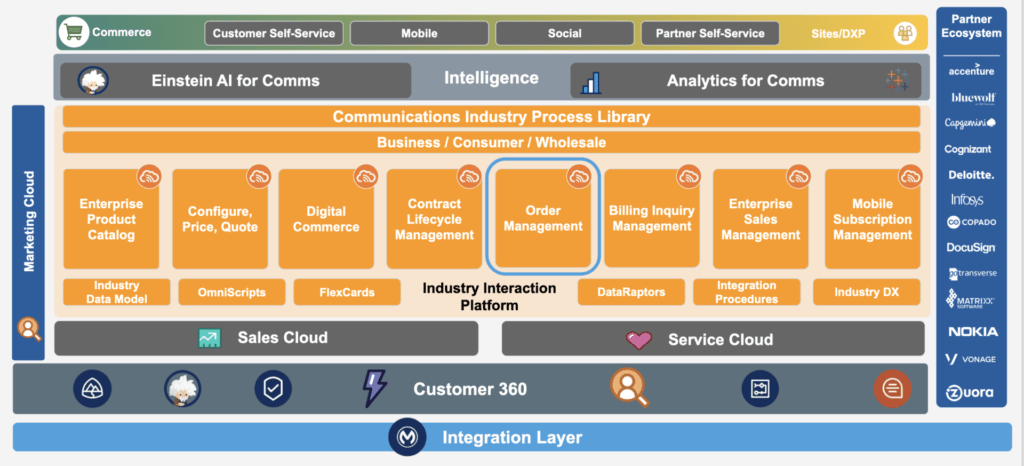
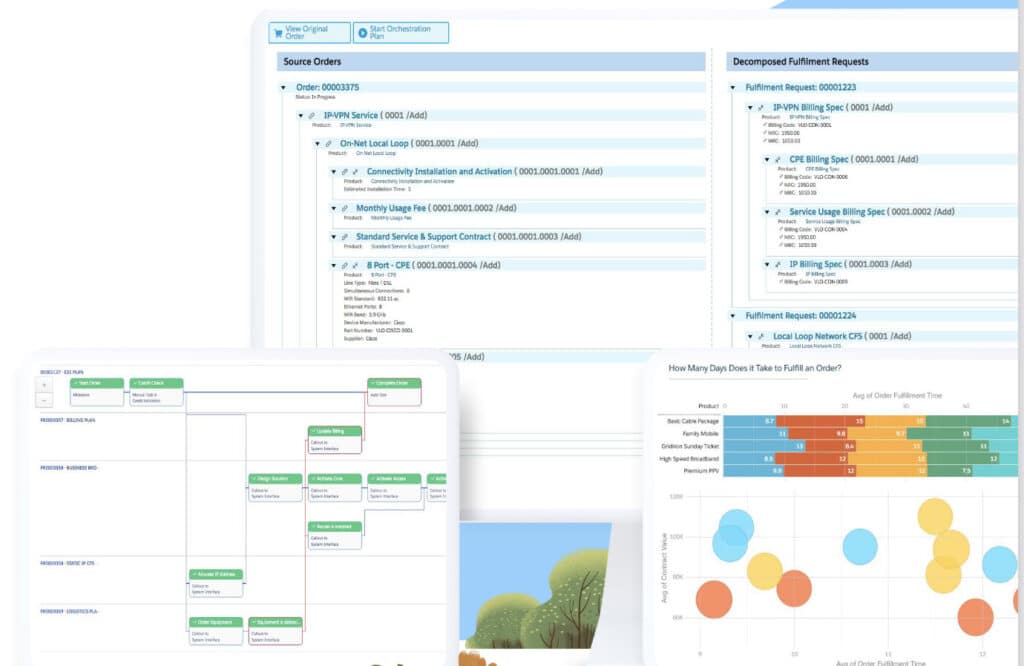
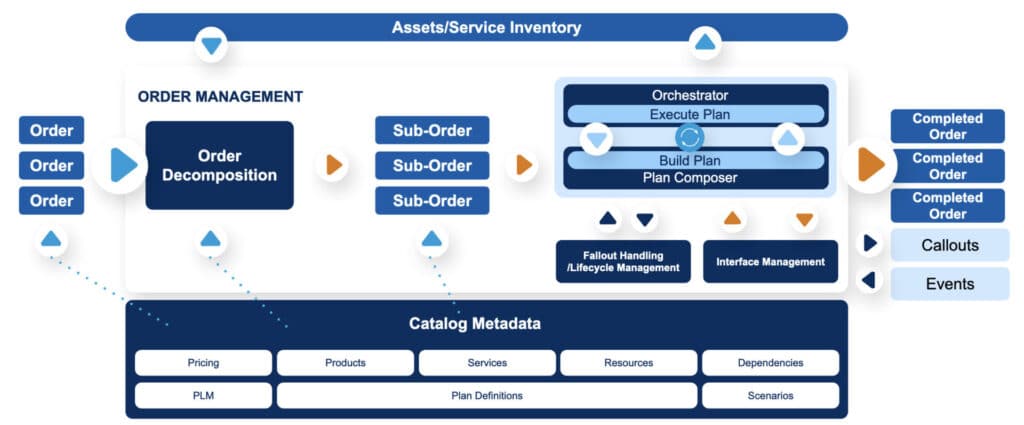
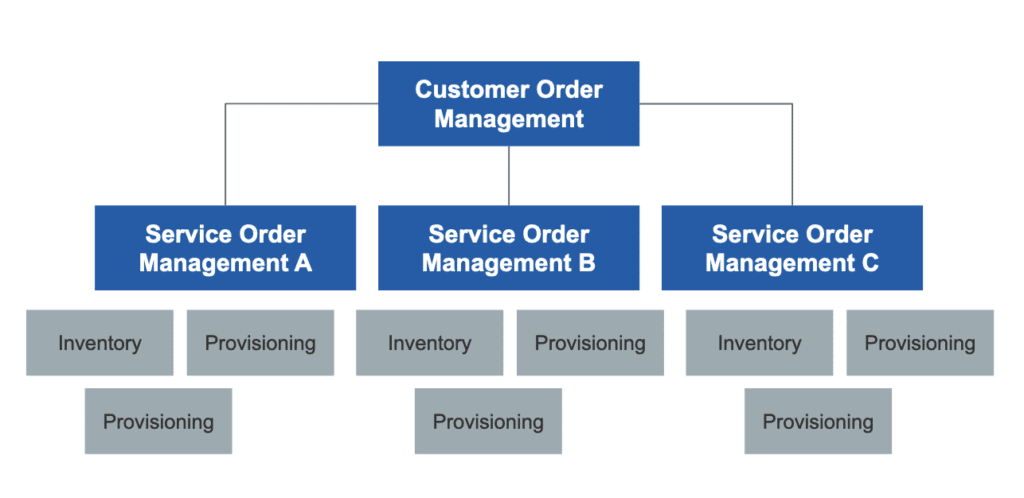

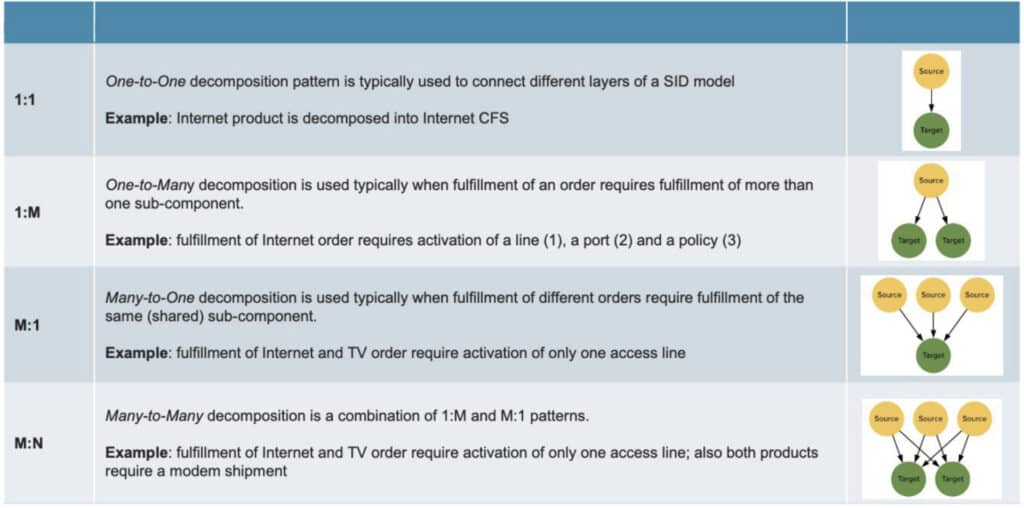


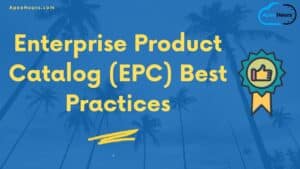
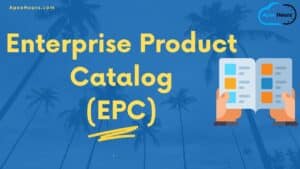
I just finished this video…very informative. I have a question. We’ve deployed Communications Cloud for a customer and are using Industry CPQ. The default cart in Comms Cloud is the ESM cart, which I don’t believe supports MACD until 3rd or 4th Q 2003. So in this demo, which cart was being used? I know that I can use LWC cart in Comms Cloud as well, which does support MACD. Was the cart in the demo LWC Cart or something else?